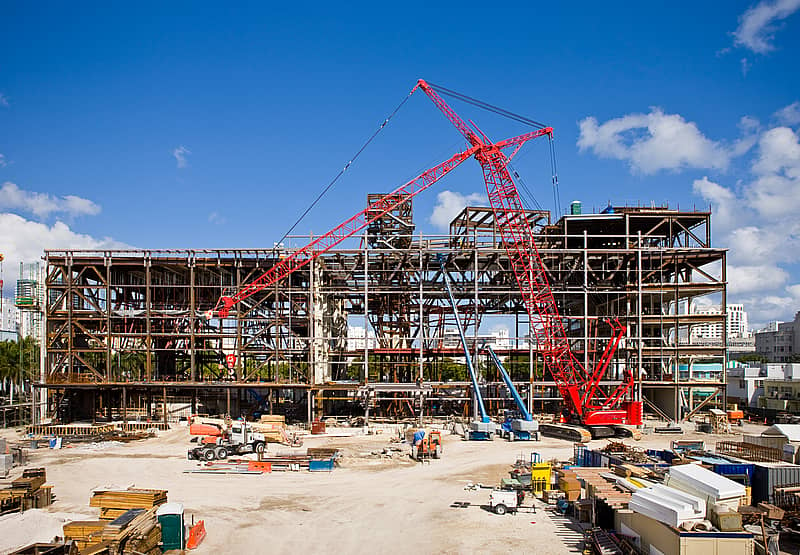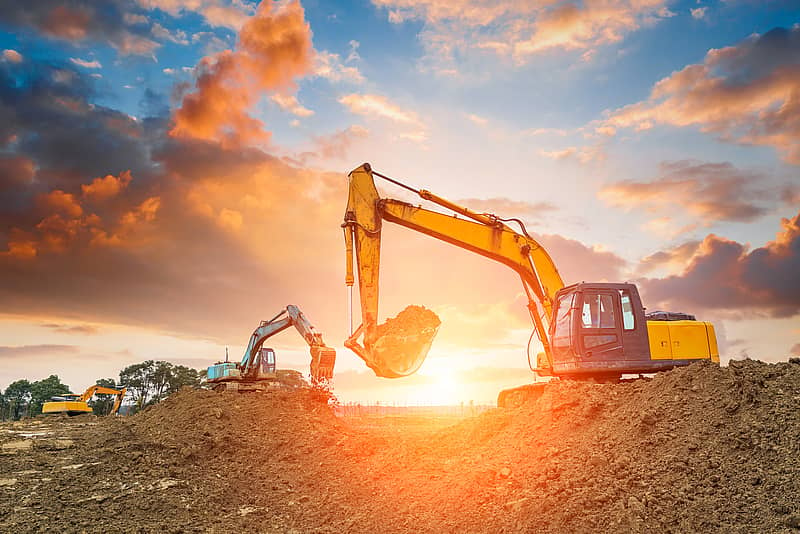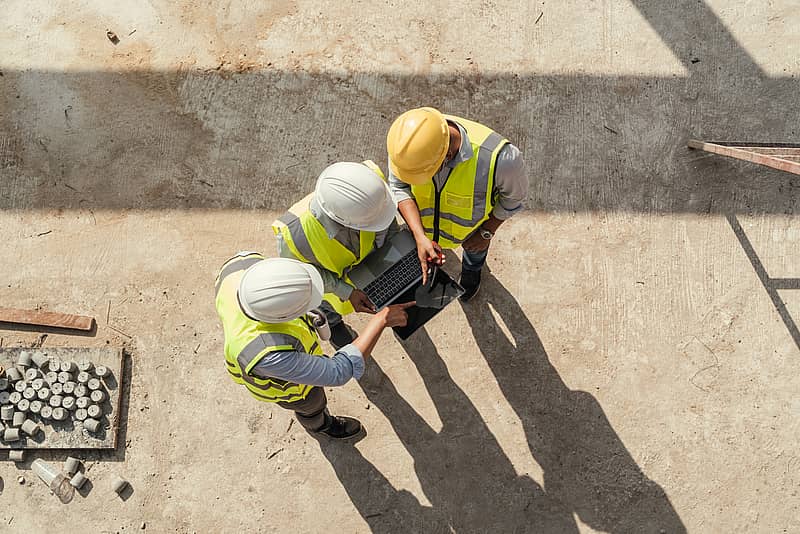
What to Do After Buying a Motorcycle
What To Do After Buying a Motorcycle After buying a new motorcycle, your inclination may be to begin riding right away. Although you may want
With prices on the rise for nearly everything, preventing theft at your construction site is critical. The repercussions of theft at a construction site can affect your company in more ways than one. Obviously, there is the cost to replace the stolen tools, but there is also the cost of delays in the project. You may have to pay for unproductive man hours, rent a piece of equipment, or deal with an irate customer if a deadline is not met. While it is more common for small tools and materials that can be carried off or fit in a truck to go missing, claims have shown that larger, heavier equipment can also be stolen.
If you want to protect your equipment, tools, and materials, there are protocols that you can put in place to potentially mitigate risk. By controlling who has access to your construction site and marking your tools, you can create a strategy for reducing theft at your construction site.

When it comes to equipment records, the more detailed, the better. Create a record of the make, model, and PIN for each piece of your equipment. Newer pieces of equipment should have a 17-digit product identification number. Consider having this number engraved onto the equipment, along with your company name. Consider marking tools of all sizes with some permanent means, and take photos of the property from multiple angles. This can help if ever you have to recover stolen property. Keep records of what equipment is at each job site.
It’s good practice to keep track of who is present at your construction site. In addition, you may want to verify references for any subcontractors you have coming on site. Be aware of when subcontractors on the job site by using a sign-in sheet or other check in system. Clearly outline responsibilities for who should be securing equipment at the end of each day.
Do your employees know what to do if they notice a broken lock on the site? Employees should know how to identify and report tampering to locks, fences, and secured storage. They should also know how to secure tools and equipment at the end of the day. Locks on windows and doors should be checked.
Don’t make your construction site and easy target. If your construction site is going to be unoccupied for extended periods of time, consider installing temporary fencing. Be sure you are adhering to local building ordinances when choosing a fence. There are many options on the market for fences, including climb-resistant options. Making your construction site well-lit is likely to deter criminals. Some areas to think about installing lighting are entrances, exits, and storage areas. Installing gates that can be locked at entrances can be another barrier to keep uninvited guests out of your construction site. Weight the costs of hiring on site security, especially when the site is unattended or if you are in a high-crime area.
If you want to keep your heavy equipment safe, start by always removing keys from the vehicle and keeping a log for who has keys signed out. Some equipment comes with alarms that should be used whenever possible. Park your heavy equipment in a locked yard, or in a fenced space that is well lit. Consider installing a GPS tracking device and programming it to alert you if it is moved.

When it comes to keeping an eye on equipment and the site, there are a number of technology solutions, some of which include:
Each of these solutions can be customized and are available at various price points. Some, like GPS tracking devices and alarm systems, can work in conjunction with each other to keep you alerted of changes at the job site.

Another critical step to protecting your construction site is reviewing your insurance coverage. You don’t want to find out after a theft that you did not have the coverage you thought you had. Regularly reviewing your coverage with a local agent is one way to measure weather or not your policies meet your needs.
At Cross Insurance, we work with national and regional carriers to provide commercial insurance for many industries, including construction. We have offices located in Maine, New Hampshire, Massachusetts, Connecticut, Rhode Island, Vermont, New York, and Florida.
___________________________________________________________________
This article is for general informational purposes only and is not to be relied upon or used for any particular purpose. Cross Insurance shall not be held responsible in any way for, and specifically disclaims any liability arising out of or in any way connected to, reliance on or use of any of the information contained in this article. The information contained or referenced in this article is not intended to constitute and should not be considered legal, insurance, accounting or other professional advice, nor shall it serve as a substitute for the recipient obtaining such advice. The views expressed in this article are that of its author and do not necessarily represent the views of Cross Financial Corp. and its subsidiaries and affiliates (“Cross Insurance”) or Cross Insurance’s management or shareholders.

What To Do After Buying a Motorcycle After buying a new motorcycle, your inclination may be to begin riding right away. Although you may want

New Hampshire Homeowners Insurance How to Get Insurance Quotes for Your Home in NH When it comes to selecting an insurance policy for your New

What to Do After Buying an Existing Business The time period after buying a business can be both exciting and stressful. Making an investment into